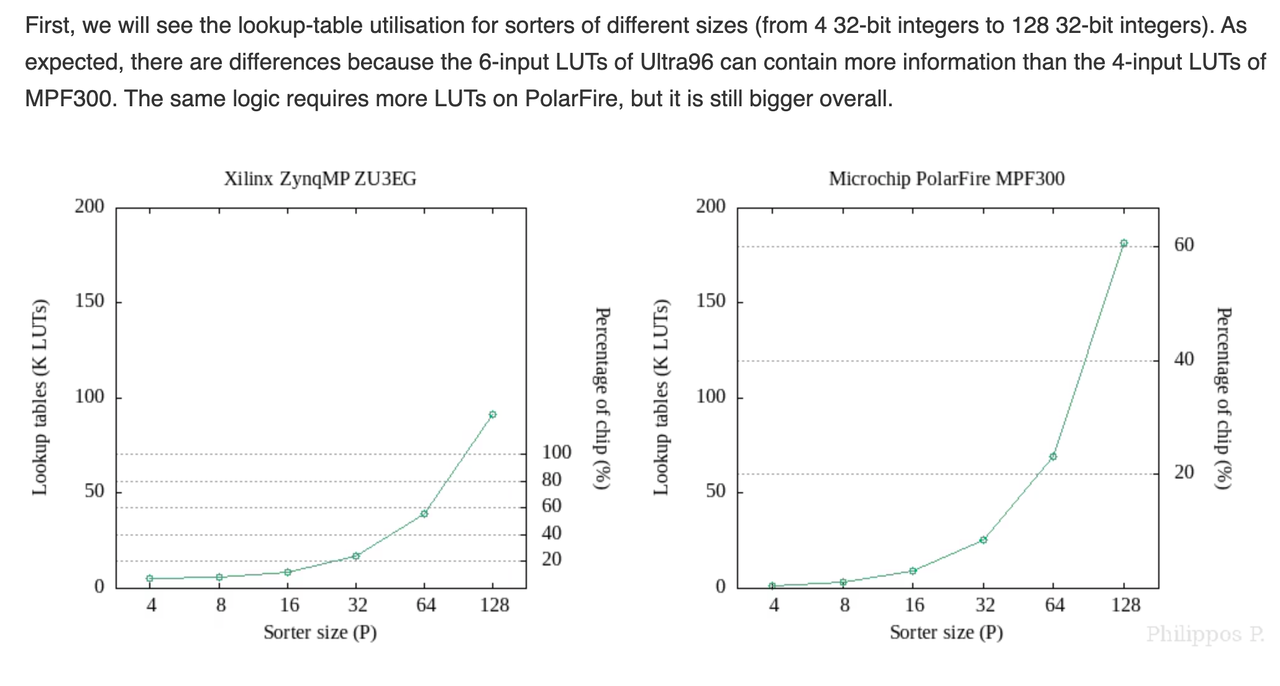
Deep Dive into FPGA Technologies: Xilinx Zynq UltraScale+ vs. Microchip PolarFire
In the realm of Field-Programmable Gate Arrays (FPGAs), two prominent families stand out for their unique features and applications: the Xilinx Zynq UltraScale+ and the Microchip PolarFire. These FPGAs cater to different market segments and offer distinct advantages, making them suitable for a variety of applications across industries.
Xilinx Zynq UltraScale+:
At the heart of the Xilinx Zynq UltraScale+ FPGAs lies a powerful combination of FPGA fabric and ARM processors. This integration enables seamless hardware acceleration and processing tasks, making it ideal for applications requiring high-performance computing. With features like high-speed transceivers, programmable logic cells, and support for various I/O standards, the Zynq UltraScale+ FPGAs are versatile and well-suited for demanding applications.
Microchip PolarFire:
In contrast, Microchip PolarFire FPGAs are known for their low power consumption, making them a go-to choice for applications where power efficiency is paramount. Despite their power efficiency, PolarFire FPGAs offer a balance between performance and power consumption, making them suitable for a wide range of applications. Additionally, these FPGAs come equipped with security features like secure boot and tamper detection, as well as reliability features such as single-event upset (SEU) mitigation, making them ideal for mission-critical applications.
Comparing the Two:
When comparing the Xilinx Zynq UltraScale+ and the Microchip PolarFire FPGAs, it's essential to consider the specific requirements of the application. If high performance and advanced features are crucial, the Zynq UltraScale+ FPGA is a solid choice. However, if power efficiency, security, and reliability are the top priorities, the PolarFire FPGA may be the better option.
Use Cases:
The Zynq UltraScale+ FPGAs are commonly used in applications such as wireless communications, automotive driver assistance systems, and data center acceleration, where high-performance computing is essential. On the other hand, PolarFire FPGAs find applications in industrial automation, automotive, and aerospace industries, where power efficiency, security, and reliability are critical.
In conclusion, both the Xilinx Zynq UltraScale+ and the Microchip PolarFire FPGAs offer unique advantages and are well-suited for different applications. Understanding the specific requirements of your project is key to selecting the right FPGA for your needs. Whether you prioritize performance, power efficiency, or security, there's an FPGA solution out there to meet your requirements.